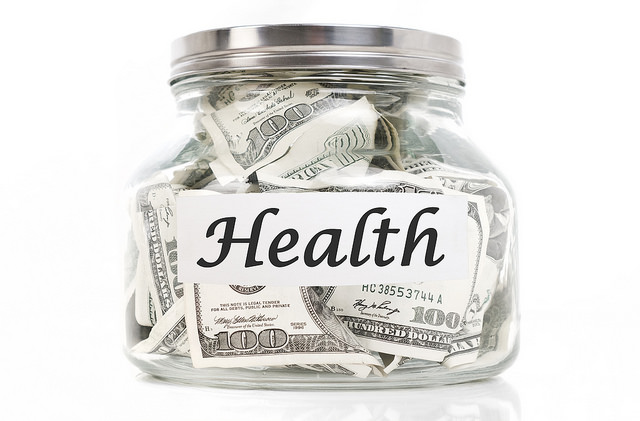Why Should You Care about DSRIP?

It’s hard to keep up with the health care industry. Every day, there seems to be a new rule, law, or government mandate that dictates how you receive care. If you don’t work in the field, it’s tempting to tune it out. But if you’re a New Yorker, you may want to pay attention to a little known health care program with a big ol’ price tag.
What is DSRIP?
It’s called the Delivery System Reform Incentive Payment program – or DSRIP – and it was designed to fundamentally overhaul Medicaid, a health insurance program for low-income and disabled residents. DSRIP uses federal funding (and a lot of it) to support hospitals as they seek to improve care for Medicaid patients.
That’s $7.4 Billion with a “B”
Several states across the country have already accepted billions of dollars in federal funding to implement their own DSRIP programs. Here in New York, the program has been financed to the tune of $7.4 billion. Among its goals: cutting unnecessary hospital admissions for Medicaid by 25 percent over five years.
How Does It Work?
As part of New York’s DSRIP program, the state asked hospitals, doctors, and other health care providers to band together as so-called Performing Provider Systems (PPS) and make a case for how they would spend a piece of the $7.4 billion pie. The state received 25 PPS applications from across New York, including two – Albany Medical Center and Ellis Medicine – here in the Capital Region.
While the goals of the PPS are similar, each has its own plan of attack. Depending on the needs of the community, some groups chose to focus on cardiovascular and mental health, while others concentrated on asthma and diabetes. Their ultimate goal is to better manage chronic conditions and avoid unnecessary hospitalizations.
Over the next five years, the PPS must meet individual goals to receive funding. The state as a whole must also meet criteria set by the Centers for Medicare & Medicaid Services (CMS). If the state fails to do so, it will be required to reduce incentive payments, regardless of how well any individual PPS performs.
Go Forth and Do Great Things!
The goals of New York’s DSRIP program are laudable. If successful, the plan has the potential to save the state billions of dollars. But that’s a big “if.”
New York’s Medicaid program is the single largest health care payer, serving more than 6 million (one in three) residents. Total spending on Medicaid in New York is expected to reach $62 billion this year alone. But what happens when the DSRIP well runs dry? What is the next “carrot” that hospitals will need to improve quality, cost, and access to health care?
There is also the fundamental question about whether hospitals are up to the challenge. As a society, we have never relied on hospitals to provide preventive care, and we’re asking them to master it in a very short period of time. As one health care expert, Stephen Berger, put it, “… this is a series of high wire acts and many of the acrobats have never been off the ground …”
 The Daily Dose
The Daily Dose
Comments are closed.